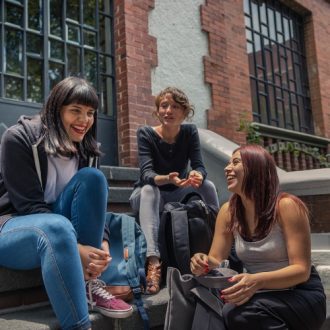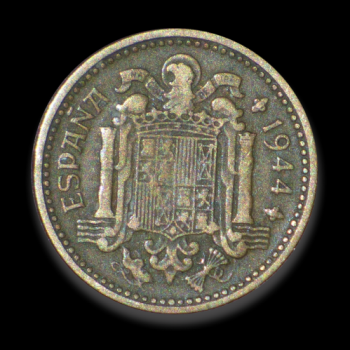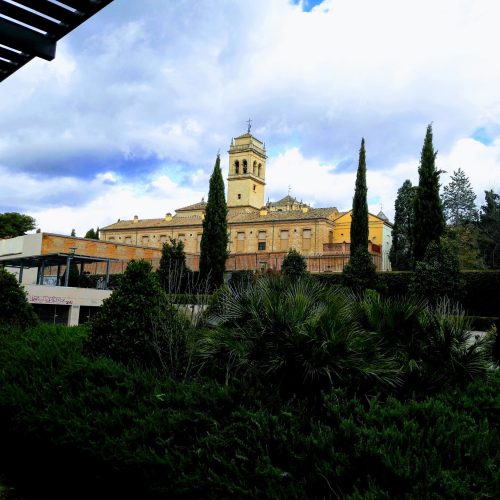
Neighborhoods of Granada Guide
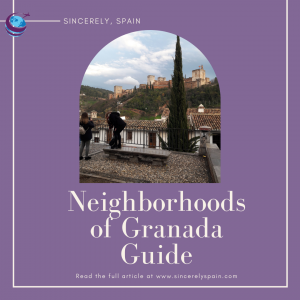 Dear Mike,
Dear Mike,
We realized recently that although we call the beautiful Andalusian city of Granada home, we haven’t gone into nearly as much depth about the city as we can. So, this week we will be sharing our first installment of the Granada deep-dive and what better place to start than with the neighborhood of Granada!?
Whether you will be traveling and sightseeing in the city for a short time or looking to rent or buy a place for a short-term or long-term stay, these are the ten main neighborhoods (sometimes referred to as ‘districts’) that you’ll want to know about.
What can you expect from each of Granada’s neighborhoods?
Albaicín: Perhaps one of the most famous neighborhoods in Granada, this part of the city dates back to when the Moors lived in southern Spain. You will find that the streets are quite narrow and windy. Some say that the streets of the Albaicín were built like this in order to stop or at least slow down massive armies from entering the neighborhood, which made homes there more protected. An alternative theory is that the houses were built in this way in order to create shade for each other in the hot summer days, providing relief for the families inside.
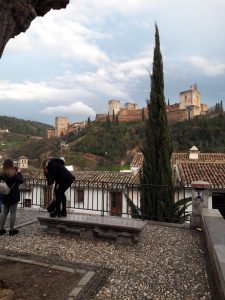 To this day, you will find lovely corners with trees planted and small fountains or others with beautiful views of the Alhambra. On the lower streets you are likely to find tea shops with Arabic-style teas and higher up you might find fancy restaurants. This is a classic Granada neighborhood to visit but be aware—it is steep to walk around and can be quite tiring to visit, especially if you are not used to hilly cities.
To this day, you will find lovely corners with trees planted and small fountains or others with beautiful views of the Alhambra. On the lower streets you are likely to find tea shops with Arabic-style teas and higher up you might find fancy restaurants. This is a classic Granada neighborhood to visit but be aware—it is steep to walk around and can be quite tiring to visit, especially if you are not used to hilly cities.
Sacromonte: Behind the neighborhood of the Albacín and continuing on past the city is the Sacromonte, also known as the gypsy neighborhood or the neighborhood of caves. The Sacromonte is well known for cave-dwelling (yes, even to this day) but also for the Flamenco shows that you can find in some of these caves. Flamenco has a long history in Andalucía and, especially, Granada, so you will find shows in many different places around the city. However, if you want to experience true Flamenco, locals will probably point you in the direction of this neighborhood.
Realejo: Another old neighborhood in Granada, this one is known as the old Jewish neighborhood of the city (although the Jews were kicked out of Spain with the Moors during the times of the Catholic Kings and the Reconquista). The Realejo is also located below the Alhambra and so you can reach this palace walking up through the gardens of the neighborhood.
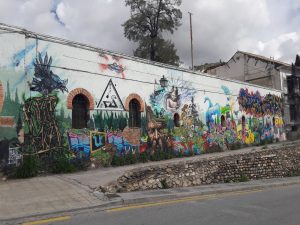 Known for being a bit more modern, hip part of town, el Realejo is where you will find some of the nicest graffiti in the city as well as popular bars. Bars and restaurants in this area (especially along Calle Navas) tend to be a bit more expensive and some are what we would consider tourist traps, so be sure to check reviews before you dine. At the same time, the Realejo is a residential neighborhood and some really excellent restaurants, a number of which made our top choices.
Known for being a bit more modern, hip part of town, el Realejo is where you will find some of the nicest graffiti in the city as well as popular bars. Bars and restaurants in this area (especially along Calle Navas) tend to be a bit more expensive and some are what we would consider tourist traps, so be sure to check reviews before you dine. At the same time, the Realejo is a residential neighborhood and some really excellent restaurants, a number of which made our top choices.
Centro: We consider this region to be opposite to the Albaicín, across the main street of Granada, the Gran Vía. In this neighborhood you will find much newer buildings and shops but you will also find the Cathedral of Granada and the Capilla Real where the Cathoic Kings are buried. While this neighborhood of Granada might not have the same charm as the other, older neighborhoods, it is still nice to walk around and you will find many of the modern shops and some great places to eat here.
Norte: The neighborhood north of the city center is called, well, el Norte. This part of town tends to be lowest on the list of tourist attractions, unless you are visiting during the holiday of Corpus Cristi, when Granada celebrates its local feria in the fairgrounds of Almanyajár. Although el Norte is the closest neighborhood to the bus station, it is not the ideal place to stay if you will spend your time in the historic center of the city.
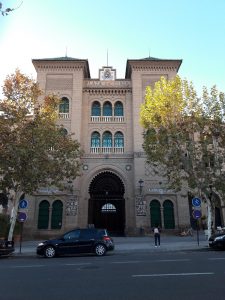 Beiro: A bit further away from the center, you’ll find Beiro which is the neighborhood where the Plaza de Toros (Bull Ring) is located. This area is particularly well known for authentic, generous tapas bars and great paella. Because it’s a bit of a trek from the other main attractions of the city, Beiro is less touristic and therefore has more of a “local vibe,” being mostly a residential area.
Beiro: A bit further away from the center, you’ll find Beiro which is the neighborhood where the Plaza de Toros (Bull Ring) is located. This area is particularly well known for authentic, generous tapas bars and great paella. Because it’s a bit of a trek from the other main attractions of the city, Beiro is less touristic and therefore has more of a “local vibe,” being mostly a residential area.
Chana: Slightly below Beiro, you’ll find another residential neighborhood, La Chana. Like Beiro, this is a more affordable section of the city which makes it popular among university students and families alike. Although there is little in the way of sightseeing in this area, you will find an abundance of tapas bars here and it’s worth a visit if you will be spending more time in the city.
Ronda: The main street, Camino de Ronda, carries on from La Chana, and into this section of the city below el Centro. Ronda is also more residential and popular among students due to its proximity to one of the main University of Granada campuses (which is wedged between Ronda, La Chana, and Beiro). Ronda is home to some of the bigger shopping centers and clubs in the city. Pedro Antonio is an especially popular street (straddling the Centro and Ronda) among the university crowd for both tapas restaurants and bars and you can find some good deals if you’re looking for filling tapas.
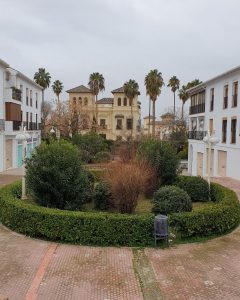 Zaidín: Continuing on from the area of Camino de Ronda as well as behind and around the area of the Realejo is el Zaidín. This neighborhood is often overlooked by tourists and expats but is extremely popular among middle class locals. Zaidín is quiet and residential, yet well-connected to the center. You’ll find lots of restaurants, supermarkets, and shops in the area, as well as Granada’s football stadium.
Zaidín: Continuing on from the area of Camino de Ronda as well as behind and around the area of the Realejo is el Zaidín. This neighborhood is often overlooked by tourists and expats but is extremely popular among middle class locals. Zaidín is quiet and residential, yet well-connected to the center. You’ll find lots of restaurants, supermarkets, and shops in the area, as well as Granada’s football stadium.
Genil: Following the Genil River to the southeast, you’ll come to the neighborhood of Genil. This region wraps all the way around and behind the Alhambra. Slightly less conveniently located (for trips on foot to the center), the views in some areas make up for the trek. It’s a very residential zone with less tourist appeal, but we always recommend a walk along the Paseo de Genil to friends who have a bit of extra time in the city.
We hope this brief guide helps you get a feel for the different districts of Granada and decide where you would like to visit, stay, or even settle down in the city. If you have any further questions or would like us to go into more depth on a particular neighborhood, please don’t hesitate to reach out!
Sincerely,
Spain



